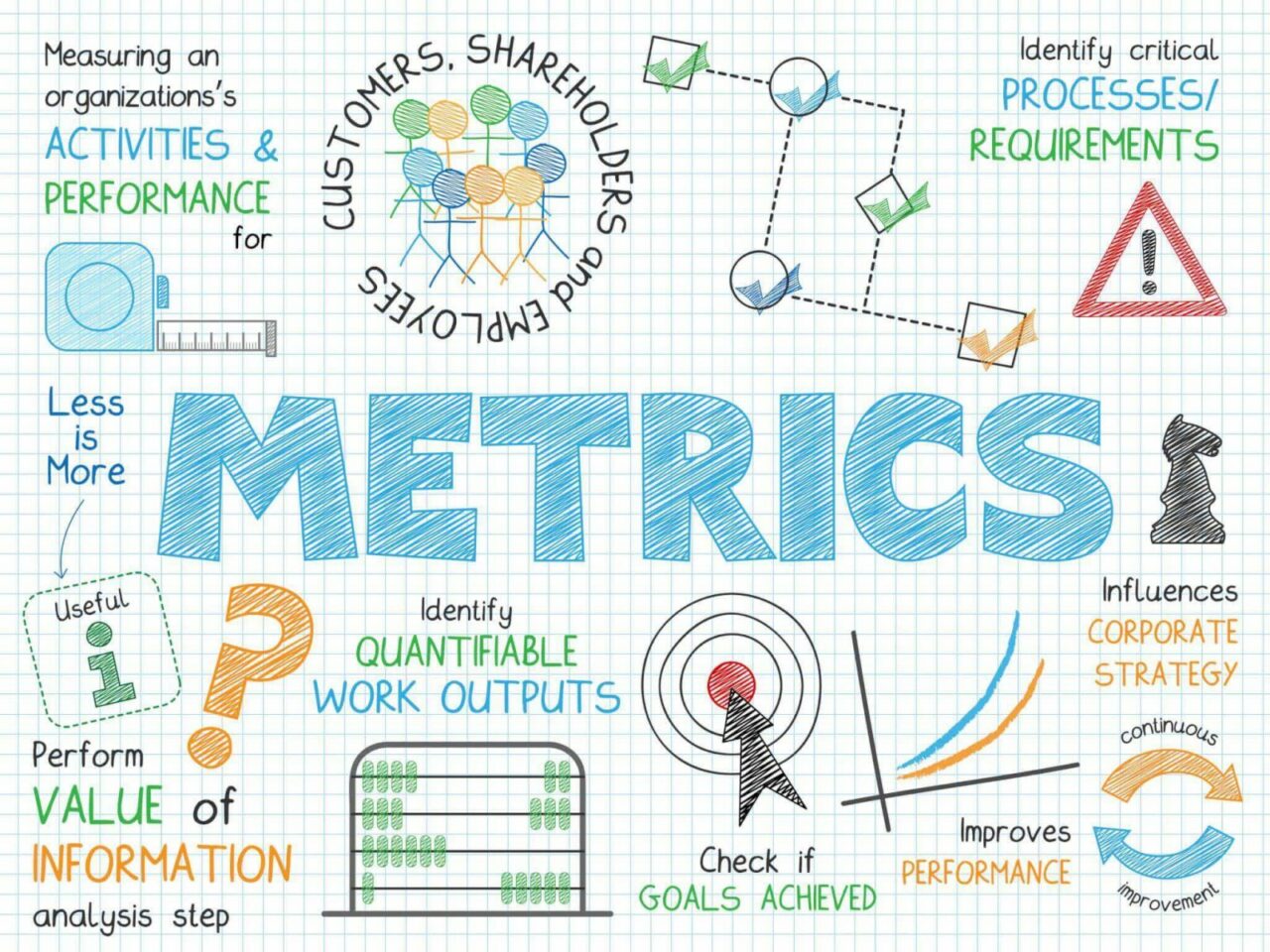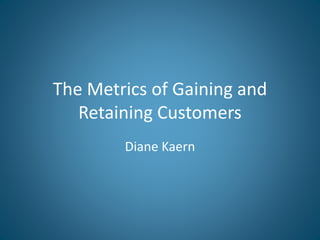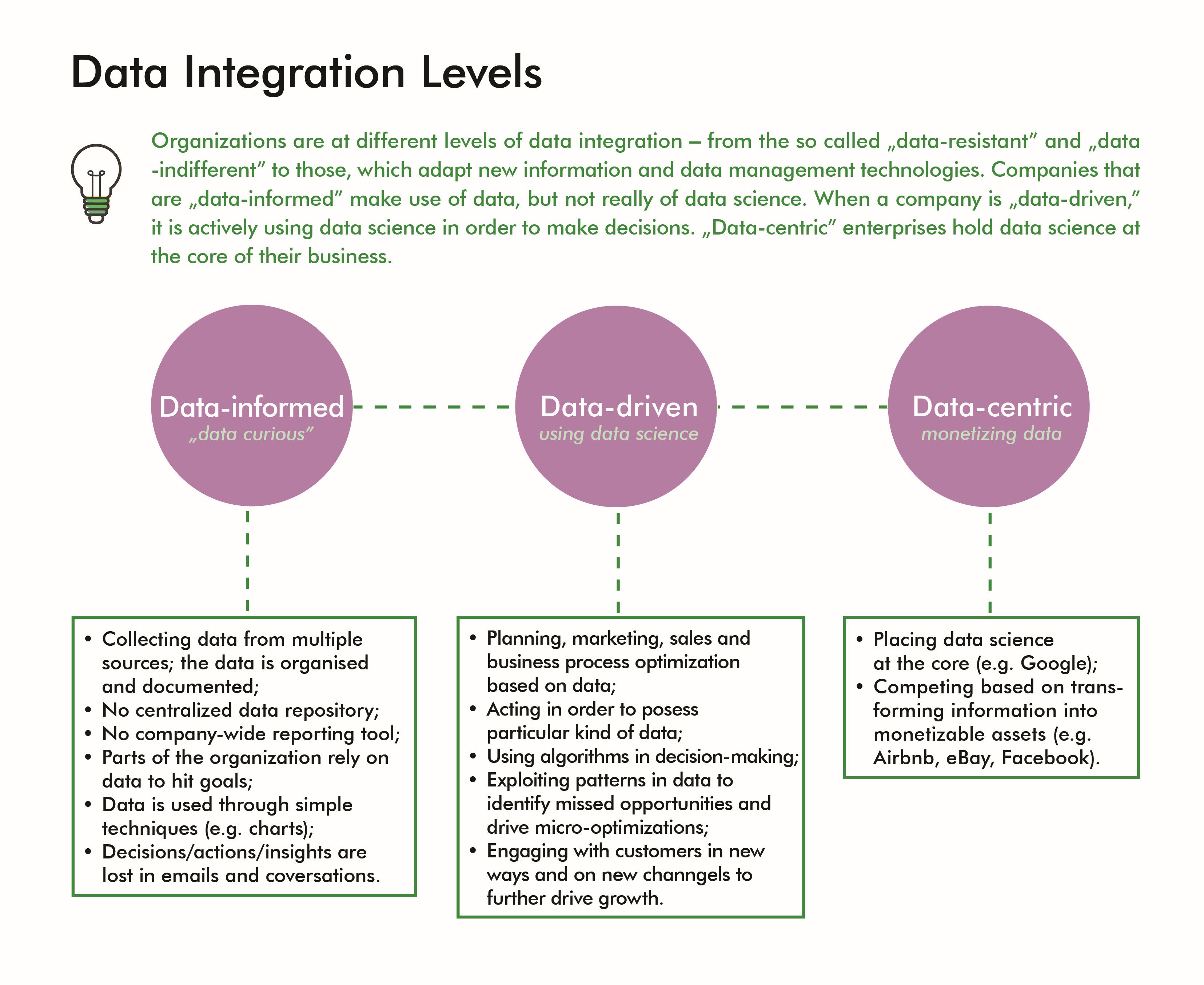Why Tracking the Right Metrics is Crucial for Startup Growth
For startups, growth is the ultimate goal. However, achieving sustainable growth requires more than just a great product or service. It demands a deep understanding of the key performance indicators (KPIs) that drive success. Startup growth metrics provide the necessary insights to inform decision making, optimize resources, and drive innovation. By tracking the right metrics, startups can identify areas of strength and weakness, make data-driven decisions, and ultimately, drive growth.
Ignoring critical metrics can have severe consequences for startups. Without a clear understanding of customer acquisition costs, revenue growth rates, and retention rates, startups risk making uninformed decisions that can lead to stagnation or even failure. On the other hand, startups that prioritize metric-driven decision making can gain a competitive edge, drive growth, and achieve long-term success.
So, what makes a good startup growth metric? A good metric should be measurable, actionable, and relevant to the business. It should provide insights that inform decision making and drive growth. By focusing on the right metrics, startups can optimize their operations, improve customer satisfaction, and drive revenue growth. In the next section, we will explore how to choose the right growth metrics for your startup.
Startup growth metrics are not a one-size-fits-all solution. Different startups require different metrics to drive growth. For example, a startup focused on user acquisition may prioritize metrics such as monthly active users (MAU) and daily active users (DAU), while a startup focused on revenue growth may prioritize metrics such as average revenue per user (ARPU) and revenue growth rate. By understanding the unique needs of your startup, you can identify the metrics that matter most and drive growth.
In today’s fast-paced startup environment, data-driven decision making is more important than ever. By tracking the right startup growth metrics, startups can stay ahead of the competition, drive growth, and achieve long-term success. Whether you’re a founder, CEO, or marketer, understanding the importance of startup growth metrics is crucial for driving growth and achieving your goals.
How to Choose the Right Growth Metrics for Your Startup
Choosing the right growth metrics for your startup can be a daunting task. With so many metrics to track, it’s easy to get overwhelmed and lose focus on what really matters. However, selecting the right metrics is crucial for driving growth and achieving success. In this section, we’ll provide guidance on how to choose the right growth metrics for your startup.
The first step in choosing the right growth metrics is to identify your key areas of focus. What are your startup’s goals and objectives? What metrics will help you achieve those goals? For example, if your startup is focused on user acquisition, you may want to track metrics such as monthly active users (MAU) and daily active users (DAU). On the other hand, if your startup is focused on revenue growth, you may want to track metrics such as average revenue per user (ARPU) and revenue growth rate.
Once you’ve identified your key areas of focus, it’s essential to set realistic targets for your metrics. This will help you stay focused and motivated, and ensure that you’re making progress towards your goals. For example, if you’re tracking MAU, you may want to set a target of increasing MAU by 20% month-over-month. This will give you a clear goal to work towards, and help you stay on track.
Another important consideration when choosing growth metrics is to avoid vanity metrics. Vanity metrics are metrics that look good on paper but don’t necessarily drive growth or revenue. For example, tracking the number of followers on social media may be a vanity metric if it’s not driving engagement or sales. Instead, focus on metrics that are closely tied to your startup’s goals and objectives.
Finally, it’s essential to regularly review and adjust your growth metrics. As your startup grows and evolves, your metrics may need to change. For example, you may find that a metric that was important in the early stages of your startup is no longer relevant as you scale. By regularly reviewing and adjusting your metrics, you can ensure that you’re always focused on what matters most.
By following these tips, you can choose the right growth metrics for your startup and drive growth and success. Remember to stay focused on your key areas of focus, set realistic targets, avoid vanity metrics, and regularly review and adjust your metrics. With the right metrics in place, you’ll be well on your way to achieving your startup’s goals and objectives.
In the next section, we’ll take a closer look at the top growth metrics for startups, including customer acquisition cost (CAC), customer lifetime value (CLV), retention rate, and revenue growth rate. These metrics are essential for driving growth and success, and are a great starting point for any startup looking to track its progress.
The Top Growth Metrics for Startups: A Comprehensive Guide
When it comes to measuring startup growth, there are several key metrics that can provide valuable insights into a company’s performance. In this section, we’ll take a closer look at some of the most essential growth metrics for startups, including customer acquisition cost (CAC), customer lifetime value (CLV), retention rate, and revenue growth rate.
Customer Acquisition Cost (CAC) is a critical metric for startups, as it measures the cost of acquiring a new customer. This includes the cost of marketing, sales, and other expenses associated with attracting new customers. By tracking CAC, startups can optimize their marketing and sales strategies to reduce costs and improve efficiency.
Customer Lifetime Value (CLV) is another important metric for startups, as it measures the total value of a customer over their lifetime. This includes the revenue generated by a customer, minus the costs associated with acquiring and retaining them. By tracking CLV, startups can identify opportunities to increase revenue and improve customer retention.
Retention Rate is a key metric for startups, as it measures the percentage of customers retained over a given period of time. This is critical for startups, as it can be up to 5 times more expensive to acquire a new customer than to retain an existing one. By tracking retention rate, startups can identify areas for improvement and optimize their customer retention strategies.
Revenue Growth Rate is a critical metric for startups, as it measures the rate at which revenue is growing over time. This can provide valuable insights into a company’s overall performance and growth trajectory. By tracking revenue growth rate, startups can identify opportunities to increase revenue and optimize their growth strategies.
These metrics are essential for startups looking to drive growth and success. By tracking CAC, CLV, retention rate, and revenue growth rate, startups can gain a deeper understanding of their performance and make data-driven decisions to drive growth. In the next section, we’ll take a closer look at user growth metrics, including monthly active users (MAU), daily active users (DAU), and user engagement metrics.
By incorporating these metrics into their growth strategy, startups can gain a competitive edge and drive long-term success. Whether you’re a founder, CEO, or marketer, understanding these essential growth metrics is critical for driving growth and achieving your goals.
In addition to these metrics, startups should also consider tracking other key performance indicators (KPIs) such as customer satisfaction (CSAT), net promoter score (NPS), and sales funnel metrics. By tracking these metrics, startups can gain a more comprehensive understanding of their performance and make data-driven decisions to drive growth.
Unlocking User Growth: Metrics to Track for Success
User growth is a critical component of startup success, and tracking the right metrics can help you unlock this growth. In this section, we’ll delve into user growth metrics, including monthly active users (MAU), daily active users (DAU), and user engagement metrics.
Monthly Active Users (MAU) is a key metric for startups, as it measures the number of users who are actively using your product or service over a given month. This metric can provide valuable insights into user adoption and retention, and can help you identify areas for improvement.
Daily Active Users (DAU) is another important metric for startups, as it measures the number of users who are actively using your product or service on a daily basis. This metric can provide valuable insights into user engagement and retention, and can help you identify areas for improvement.
User engagement metrics, such as time spent on site, pages per session, and bounce rate, can also provide valuable insights into user behavior and preferences. By tracking these metrics, startups can identify areas for improvement and optimize their user experience to drive growth.
For example, a startup that tracks MAU and DAU may find that their user growth is stagnant, despite a high level of user engagement. By analyzing user engagement metrics, they may identify that users are dropping off at a certain point in the user journey, and make changes to improve the user experience and drive growth.
Another example is a startup that tracks user engagement metrics, such as time spent on site and pages per session, and finds that users are highly engaged with their product or service. By analyzing these metrics, they may identify opportunities to increase revenue through targeted advertising or upselling.
By tracking user growth metrics, startups can gain a deeper understanding of their users and make data-driven decisions to drive growth. Whether you’re a founder, CEO, or marketer, understanding these metrics is critical for driving user growth and achieving your goals.
In addition to these metrics, startups should also consider tracking other key performance indicators (KPIs) such as customer acquisition cost (CAC), customer lifetime value (CLV), and retention rate. By tracking these metrics, startups can gain a more comprehensive understanding of their performance and make data-driven decisions to drive growth.
By incorporating user growth metrics into their growth strategy, startups can drive long-term success and achieve their goals. Whether you’re a startup looking to drive user growth or a established company looking to optimize your user experience, tracking these metrics is critical for success.
Revenue Growth Metrics: What Startups Need to Know
Revenue growth is a critical component of startup success, and tracking the right metrics can help you drive growth and achieve your goals. In this section, we’ll examine revenue growth metrics, including average revenue per user (ARPU), revenue growth rate, and sales funnel metrics.
Average Revenue Per User (ARPU) is a key metric for startups, as it measures the average revenue generated by each user. This metric can provide valuable insights into pricing strategies, customer segmentation, and revenue growth. By tracking ARPU, startups can identify opportunities to increase revenue and optimize their pricing strategies.
Revenue Growth Rate is another important metric for startups, as it measures the rate at which revenue is growing over time. This metric can provide valuable insights into the effectiveness of marketing and sales strategies, and can help startups identify areas for improvement. By tracking revenue growth rate, startups can make data-driven decisions to drive growth and achieve their goals.
Sales Funnel Metrics, such as conversion rates, sales qualified leads, and customer acquisition costs, can also provide valuable insights into revenue growth. By tracking these metrics, startups can identify bottlenecks in the sales process and optimize their sales strategies to drive growth.
For example, a startup that tracks ARPU and revenue growth rate may find that their revenue is growing rapidly, but their ARPU is declining. By analyzing these metrics, they may identify that their pricing strategy is not optimized, and make changes to increase revenue and drive growth.
Another example is a startup that tracks sales funnel metrics, such as conversion rates and sales qualified leads, and finds that their sales process is inefficient. By analyzing these metrics, they may identify opportunities to optimize their sales process and increase revenue growth.
By tracking revenue growth metrics, startups can gain a deeper understanding of their revenue streams and make data-driven decisions to drive growth. Whether you’re a founder, CEO, or marketer, understanding these metrics is critical for driving revenue growth and achieving your goals.
In addition to these metrics, startups should also consider tracking other key performance indicators (KPIs) such as customer acquisition cost (CAC), customer lifetime value (CLV), and retention rate. By tracking these metrics, startups can gain a more comprehensive understanding of their performance and make data-driven decisions to drive growth.
By incorporating revenue growth metrics into their growth strategy, startups can drive long-term success and achieve their goals. Whether you’re a startup looking to drive revenue growth or a established company looking to optimize your revenue streams, tracking these metrics is critical for success.
Retaining Customers: The Metrics That Matter
Customer retention is a critical component of startup growth, and tracking the right metrics can help you drive long-term success. In this section, we’ll discuss the significance of customer retention metrics, such as churn rate, customer satisfaction (CSAT), and net promoter score (NPS).
Churn Rate is a key metric for startups, as it measures the percentage of customers who stop using your product or service over a given period of time. This metric can provide valuable insights into customer satisfaction and retention, and can help startups identify areas for improvement. By tracking churn rate, startups can make data-driven decisions to reduce customer churn and increase retention.
Customer Satisfaction (CSAT) is another important metric for startups, as it measures the level of satisfaction customers have with your product or service. This metric can provide valuable insights into customer needs and preferences, and can help startups identify areas for improvement. By tracking CSAT, startups can make data-driven decisions to increase customer satisfaction and drive growth.
Net Promoter Score (NPS) is a widely used metric that measures customer loyalty and satisfaction. This metric can provide valuable insights into customer retention and growth, and can help startups identify areas for improvement. By tracking NPS, startups can make data-driven decisions to increase customer loyalty and drive growth.
For example, a startup that tracks churn rate and CSAT may find that their customers are churning at a high rate due to poor customer satisfaction. By analyzing these metrics, they may identify areas for improvement and make changes to increase customer satisfaction and reduce churn.
Another example is a startup that tracks NPS and finds that their customers are highly satisfied with their product or service. By analyzing this metric, they may identify opportunities to increase customer loyalty and drive growth through targeted marketing and retention strategies.
By tracking customer retention metrics, startups can gain a deeper understanding of their customers and make data-driven decisions to drive growth. Whether you’re a founder, CEO, or marketer, understanding these metrics is critical for driving long-term success and achieving your goals.
In addition to these metrics, startups should also consider tracking other key performance indicators (KPIs) such as customer acquisition cost (CAC), customer lifetime value (CLV), and revenue growth rate. By tracking these metrics, startups can gain a more comprehensive understanding of their performance and make data-driven decisions to drive growth.
By incorporating customer retention metrics into their growth strategy, startups can drive long-term success and achieve their goals. Whether you’re a startup looking to drive customer retention or a established company looking to optimize your customer retention strategies, tracking these metrics is critical for success.
Using Data to Drive Growth: A Startup’s Guide to Metric-Driven Decision Making
Data-driven decision making is critical for startup growth, and using the right metrics can help you make informed decisions that drive success. In this section, we’ll offer practical advice on using growth metrics to inform decision making, including tips on data analysis, A/B testing, and experimentation.
Data analysis is a crucial step in using growth metrics to inform decision making. By analyzing your data, you can identify trends, patterns, and insights that can help you make informed decisions. For example, you may use data analysis to identify which marketing channels are driving the most conversions, or which features of your product are most popular with users.
A/B testing is another powerful tool for using growth metrics to inform decision making. By testing different versions of your product or marketing campaigns, you can determine which approaches are most effective and make data-driven decisions to optimize your growth strategy. For example, you may use A/B testing to determine which subject line or email copy is most effective at driving conversions.
Experimentation is also a key component of using growth metrics to inform decision making. By experimenting with different approaches and measuring their impact, you can identify what works and what doesn’t, and make data-driven decisions to optimize your growth strategy. For example, you may use experimentation to test different pricing models or product features.
For example, a startup that uses data analysis to identify which marketing channels are driving the most conversions may find that social media is a key driver of growth. By using this data to inform their decision making, they may decide to increase their investment in social media marketing and optimize their campaigns for better performance.
Another example is a startup that uses A/B testing to determine which subject line or email copy is most effective at driving conversions. By using this data to inform their decision making, they may decide to optimize their email campaigns for better performance and increase their conversion rates.
By using growth metrics to inform decision making, startups can drive growth and achieve their goals. Whether you’re a founder, CEO, or marketer, understanding how to use data to drive growth is critical for success.
In addition to these tips, startups should also consider using other tools and techniques to inform their decision making, such as customer feedback and market research. By combining these approaches with growth metrics, startups can gain a more comprehensive understanding of their growth strategy and make data-driven decisions to drive success.
By incorporating data-driven decision making into their growth strategy, startups can drive long-term success and achieve their goals. Whether you’re a startup looking to drive growth or a established company looking to optimize your growth strategy, using growth metrics to inform decision making is critical for success.
Common Mistakes Startups Make When Tracking Growth Metrics
Tracking growth metrics is a crucial step in measuring startup success, but it’s not without its challenges. In this section, we’ll identify common pitfalls startups encounter when tracking growth metrics, such as relying on vanity metrics, ignoring seasonality, and failing to adjust for changes in the market.
One common mistake startups make when tracking growth metrics is relying on vanity metrics. Vanity metrics are metrics that look good on paper but don’t necessarily drive growth or revenue. For example, a startup may track the number of followers on social media, but if those followers aren’t converting into customers, the metric is essentially meaningless.
Another common mistake startups make is ignoring seasonality. Seasonality refers to the fluctuations in growth that occur due to changes in the market or industry. For example, a startup may experience a surge in growth during the holiday season, but if they don’t account for this seasonality, they may misinterpret the data and make poor decisions.
Failing to adjust for changes in the market is another common mistake startups make when tracking growth metrics. The market is constantly evolving, and startups need to be able to adapt to these changes in order to remain competitive. For example, a startup may experience a decline in growth due to a change in consumer behavior, but if they don’t adjust their strategy to account for this change, they may struggle to recover.
For example, a startup that relies on vanity metrics may find that their growth appears to be stagnant, even though they’re acquiring new customers at a rapid rate. By ignoring seasonality and failing to adjust for changes in the market, they may misinterpret the data and make poor decisions that ultimately harm their business.
Another example is a startup that ignores seasonality and fails to adjust for changes in the market. They may experience a surge in growth during the holiday season, but if they don’t account for this seasonality, they may misinterpret the data and make poor decisions that ultimately harm their business.
By avoiding these common mistakes, startups can ensure that they’re tracking growth metrics effectively and making data-driven decisions that drive growth and revenue. Whether you’re a founder, CEO, or marketer, understanding these common pitfalls is critical for success.
In addition to avoiding these common mistakes, startups should also consider using other tools and techniques to track growth metrics, such as data analytics software and market research reports. By combining these approaches with a solid understanding of growth metrics, startups can gain a more comprehensive understanding of their growth strategy and make data-driven decisions to drive success.
By incorporating these best practices into their growth strategy, startups can drive long-term success and achieve their goals. Whether you’re a startup looking to drive growth or a established company looking to optimize your growth strategy, tracking growth metrics effectively is critical for success.







